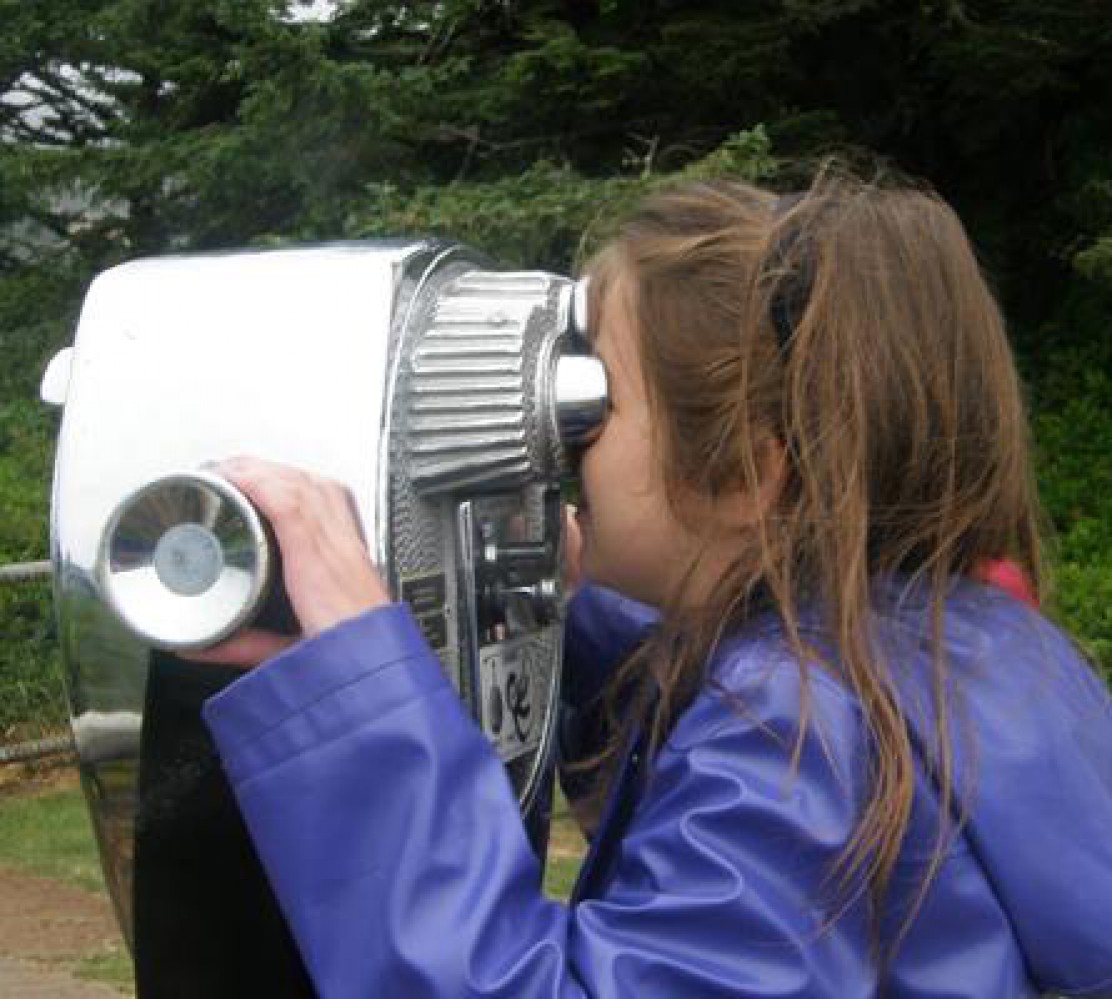I wrote several posts about childhood apraxia of speech in the weeks leading up to the Oregon Apraxia Walk on October 12, and I’ve received some great responses from parents of children struggling with this difficult motor-speech disorder. But many “apraxia kids” deal with more than apraxia. Often there are other issues that accompany it. Over the next few weeks, I’m going to talk about some of these other challenges.
Sensory Processing Disorder
We suspect Anna might be dealing with a mild form of this disorder. But she might just be a fidgety child. Some of the tendencies we’ve noticed—putting things in her mouth, speaking loudly, forgetting about personal space, and roughhousing an inappropriate times—may just be normal kid behaviors exaggerated by her recent change of school. Right now, we’re watching, researching, and seeing if she settles down as she gets used to her new surroundings.
What is it? (from SPD Foundation)
Sensory Processing Disorder (SPD, formerly known as “sensory integration dysfunction”) is a condition that exists when sensory signals don’t get organized into appropriate responses. Pioneering occupational therapist and neuroscientist A. Jean Ayres, PhD, likened SPD to a neurological “traffic jam” that prevents certain parts of the brain from receiving the information needed to interpret sensory information correctly. A person with SPD finds it difficult to process and act upon information received through the senses, which creates challenges in performing countless everyday tasks. Motor clumsiness, behavioral problems, anxiety, depression, school failure, and other impacts may result if the disorder is not treated effectively.

